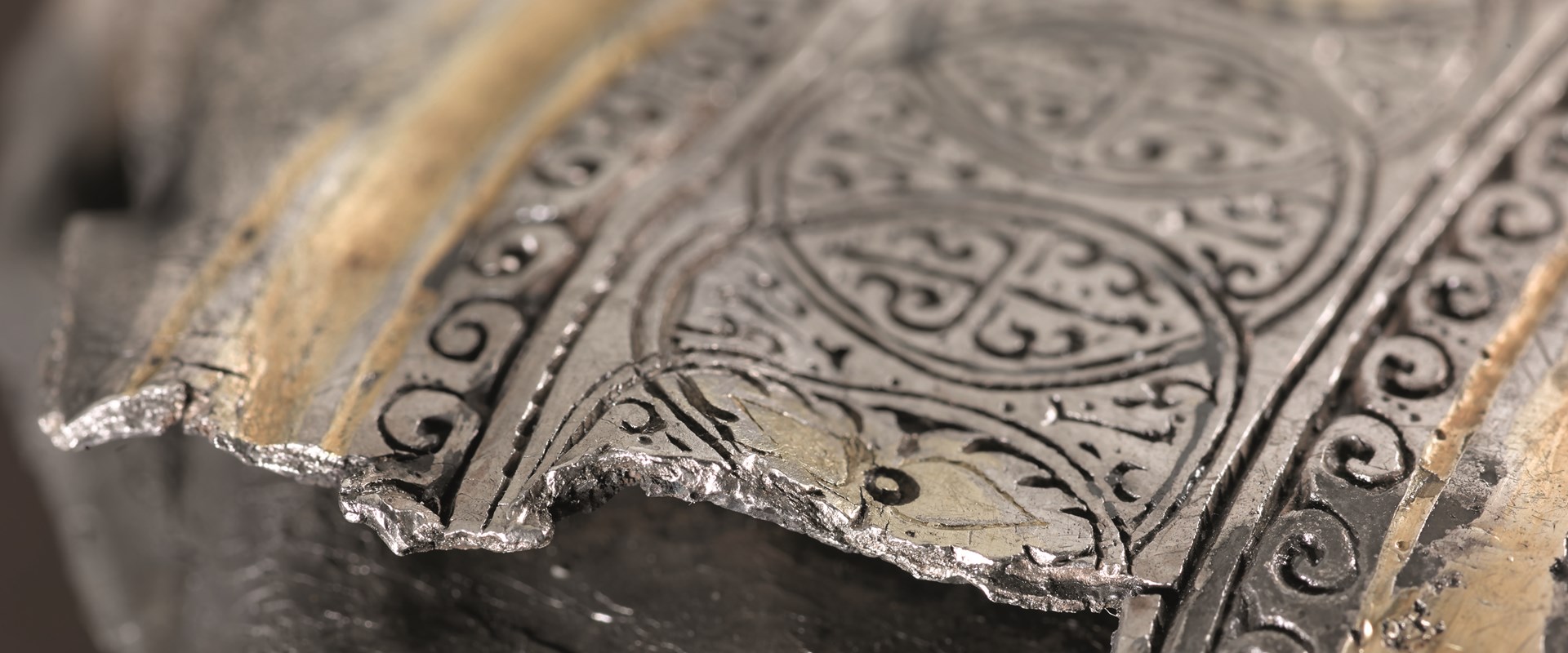Key in a search term below to search our website.
Key in a search term below to search our website.

When
13 October 2017 - 25 February 2018
Where
National Museum of Scotland, Exhibition Gallery 2, Level 3
How much
Free
#EarlySilver
Featuring spectacular objects dating from AD75 to AD1000, and supported by The Glenmorangie Research Project on Early Medieval Scotland, Scotland’s Early Silver explores the part that silver played in the transformation of society in Scotland throughout the first millennium AD.
Today gold is more valuable than silver, but in the first millennium AD silver was the most powerful material in Scotland. Scotland’s earliest silver arrived with the Roman army and had a lasting impact on local society, quickly becoming associated with prestige and power.
In the centuries that followed, Roman silver objects were hacked and melted down to make iconic early medieval treasures like the massive silver chains. By AD700 the silver had been recycled many times and was used to make powerful objects such as the famous Hunterston Brooch.
Scotland’s Early Silver follows three years of research supported by The Glenmorangie Company.